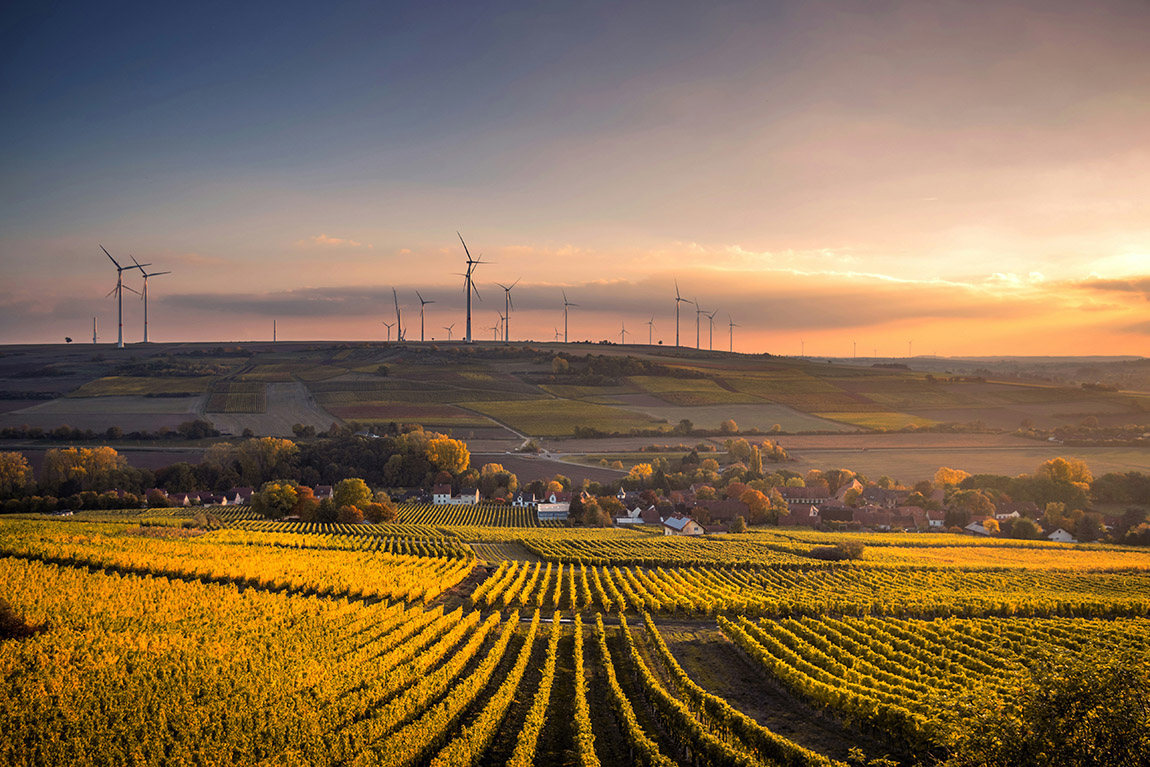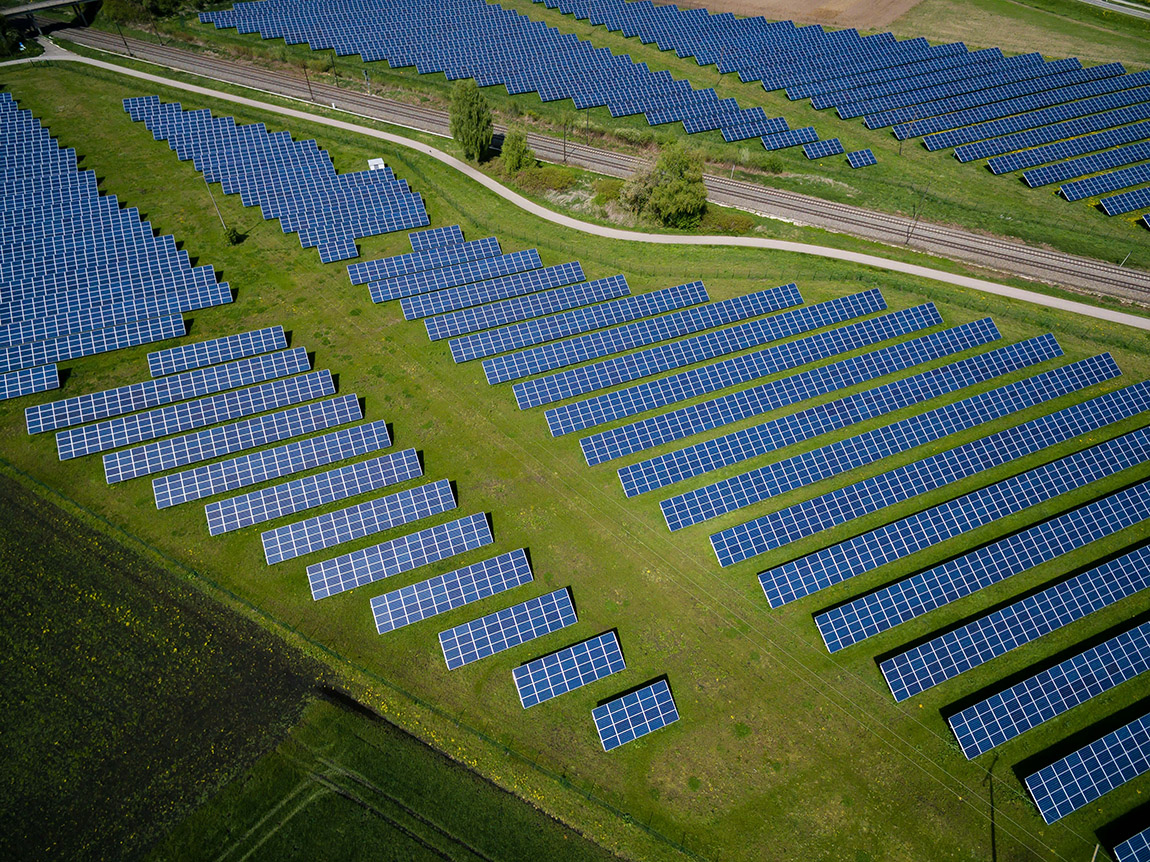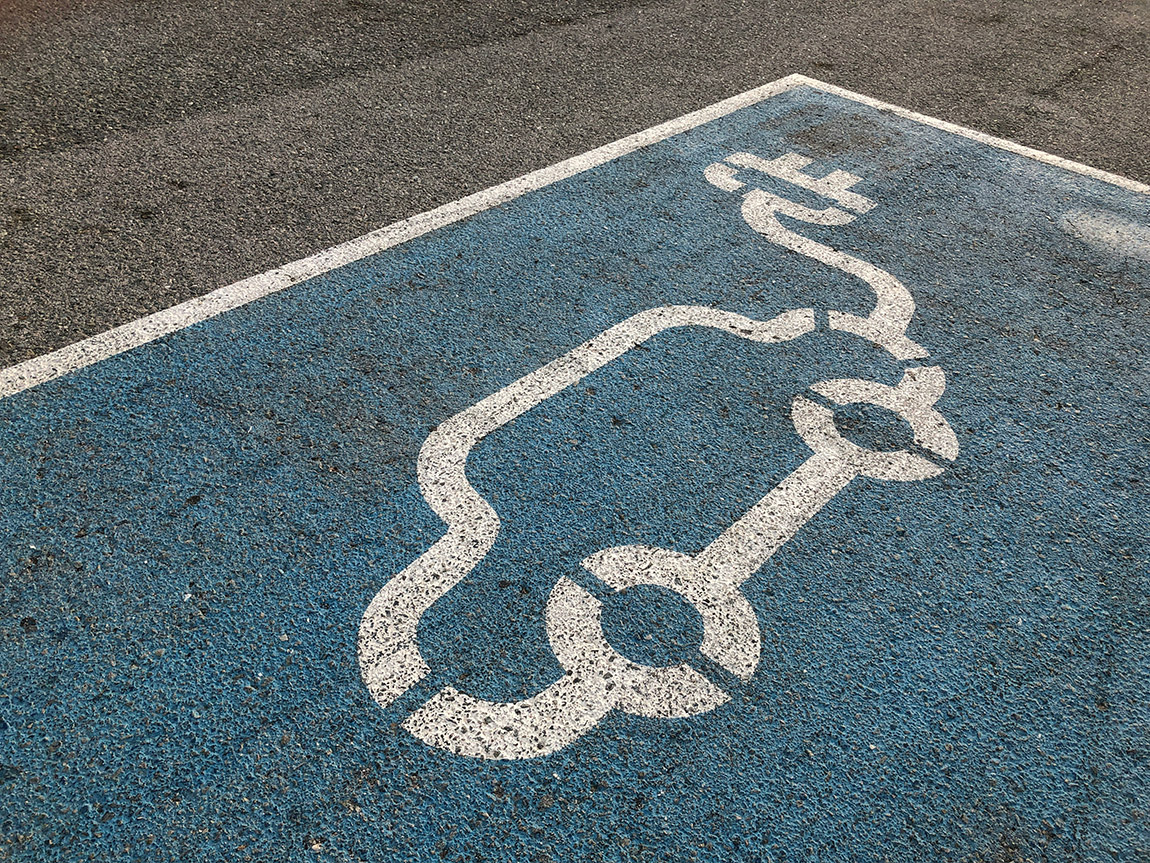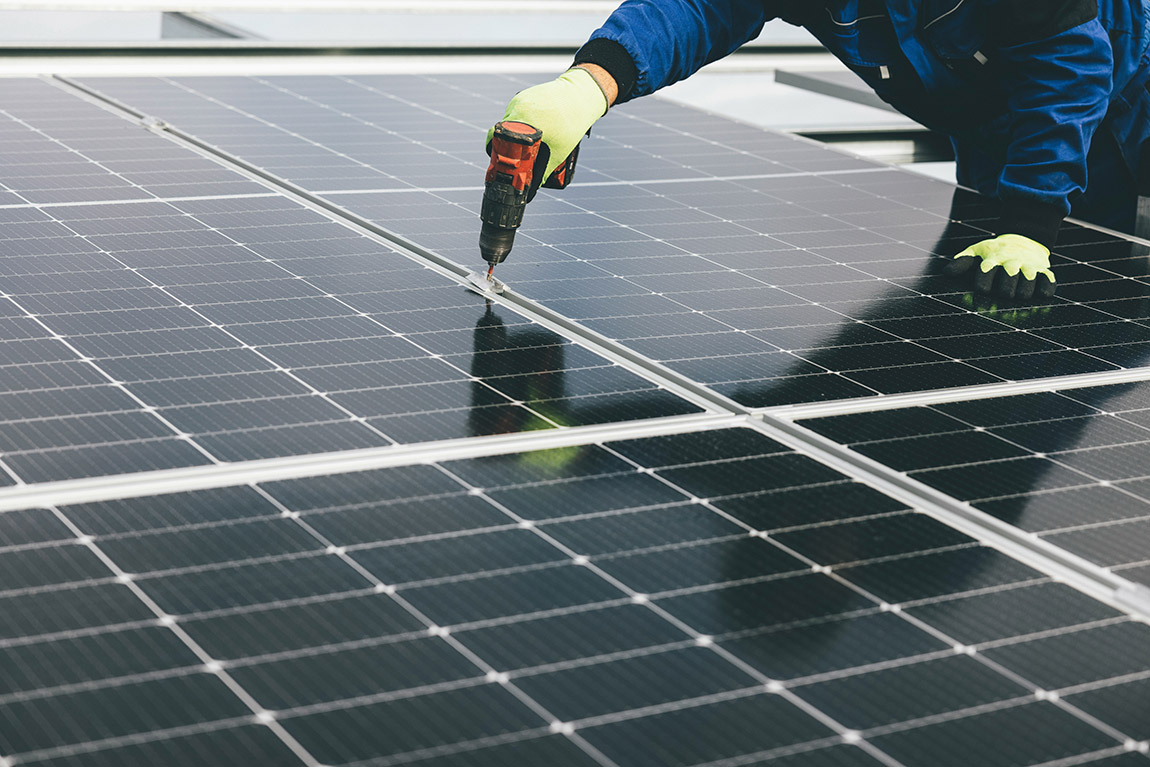On track to a better future
TEXT: FRAUNHOFER INSTITUTE FOR SOLAR ENERGY SYSTEMS ISE PHOTOS: UNSPLASH

In late 2023, for the first time ever, renewable energy sources covered the majority of electricity consumption in Germany. What does it mean for the country’s future?
An analysis by the Fraunhofer Institute for Solar Energy Systems ISE revealed that renewables accounted for a record share of 59.7 percent of the net public net electricity generation in Germany in 2023, while the share of renewables in the load (the electricity mix coming from the socket) was 57.1 percent. Last year, new records were also set for wind and solar power in 2023. In contrast, generation from lignite (minus 27 percent) and hard coal (minus 35 percent) fell sharply. Newly installed photovoltaic capacity was in the double digits for the first time, amounting to around 14 gigawatts for 2023. This significantly exceeded the German government’s statutory climate protection target.

Wind power
The analysis revealed that wind power was once again the most important source of electricity in 2023, contributing 139.8 terawatt hours (TWh) or 32% to public net electricity generation. This was 14.1% higher than the previous year’s production. The share of onshore wind power rose to 115.3 TWh (2022: 99 TWh), while offshore production fell slightly to 23.5 TW (2022: 24.75 TWh). The expansion of wind energy continues to lag behind the government’s plan: By November 2023, only 2.7 gigawatts (GW) of onshore wind had been newly installed, compared to the planned 4 GW. The expansion of offshore wind farms is even slower: In 2023, only 0.23 GW offshore wind capacity was newly installed, compared to the planned amount of 0.7 GW, due to required tenders and long construction times.

Photovoltaic systems generated around 59.9 TWh of electricity in 2023, of which 53.5 TWh was fed into the public grid and 6.4 TWh was used for self-consumption. Nine TWh, the highest monthly solar power generation ever achieved in Germany, was produced in June 2023. The maximum solar output of 40.1 GW was reached on July 7 at 13:15, which corresponded to 68% of electricity generation. In 2023, photovoltaic capacity expansion significantly exceeded the German government’s targets: Instead of the planned 9 gigawatts, 13.2 gigawatts of PV were installed by November. When all installation data for 2023 becomes available, final figures for new PV installations in 2023 are expected to be above 14 gigawatts. This is a sharp increase compared to 2022 (7.44 GW) and is the first time that PV expansion in Germany has seen double-digit growth.
The contribution from hydropower increased compared to 2022, from 17.5 TWh to 20.5 TWh. The installed capacity of 4.94 GW, however, has hardly changed compared to previous years. At 42.3 TWh, biomass was at the same level as in 2022 (42.2 TWh). The installed capacity biomass is 9 GW.
In total, renewables produced around 260 TWh in 2023, around 7.2% more than in the previous year (242 TWh). The share of renewable energy generated in Germany in the load, i.e., the electricity mix that comes out of the socket, was 57.1%, compared to 50.2% in 2022. In addition to public net electricity generation, total net electricity generation also includes in-house generation by industry and commerce, which is mainly generated using gas. The share of renewable energy in total net electricity generation, including the power plants operated by “establishments in the manufacturing sector, mining and quarrying”, is around 54.9% in 2023, compared to 48.2% in 2022.
The load on the electricity grid amounted to 457 TWh, around 26 TWh less than in 2022. Due to the high electricity prices and higher outside temperatures, electricity was probably saved significantly. The increase in self-consumption of solar power also reduced the load. The load includes the electricity consumption and grid losses, but not the pumped-storage power consumption and the self-consumption of conventional power plants.

A future of… hydrogen?
Hydrogen is touted as the future fuel of the EU, and the green hydrogen industry hopes to deliver carbon-neutral energy that will power aeroplanes, domestic heating and much more. In Germany’s second-largest city, Hamburg, research into hydrogen is in full swing as the region hopes to set up a fully-operating hydrogen industry by 2035. Green hydrogen is an environmentally friendly energy carrier that could replace oil and gas in the future. Those successful in this field can benefit in the long term – when it comes to the decarbonisation of the economy, competitiveness and structural change, but also with regard to climate protection. In Northern Germany, the aim is to create a green hydrogen economy by 2035.
“We in Northern Germany have been working intensively to build the hydrogen economy of the future. By extending this key technology based on renewable sources, we can drive the decarbonisation of the industry in Hamburg forward while at the same time reinforcing our role as Europe’s leading business and innovation location. Already today, we are developing value creation and business models for a decarbonised industry. In the future, the Port of Hamburg is intended to become Europe’s logistics hub for green hydrogen, from which user industries and the energy sector will jointly benefit. We are pleased to tackle the locational marketing together with the North German Hydrogen Alliance HY-5, thus further expanding our cooperation in this field,” says Michael Westhagemann, senator for Economics and Innovation, Free Hanseatic City of Hamburg.
A recent OECD study confirms that Northern Germany is particularly suited for the development and establishment of a green hydrogen economy. North Germany has unique locational advantages for the production of renewable energies and a large demand potential for green hydrogen – especially from the industrial companies located in the area.

Sharp decline in coal-fired electricity generation
After coal-fired power plants in Germany ramped up their production in 2022 due to outages of French nuclear power plants and distortions in the electricity market caused by the war in Ukraine, their share in electricity production fell significantly in 2023. Due to the drop in exports of coal-fired power and this year’s favourable wind conditions, electricity generation from coal-fired power plants in November 2023 was 27% below the generation in November 2022.
Overall, generation from lignite for public net electricity consumption fell by around 27%, from 105.9 TWh down to 77.5 TWh. Additionally, 3.7 TWh for industrial own consumption are added to this. Gross electricity generation fell to the level of 1963. Net production from hard coal-fired power plants for public electricity consumption amounted to 36.1 TWh (minus 35%) and 0.7 TWh for industrial own consumption, which is 21.4 TWh lower than in 2022. Gross electricity generation fell to the level of 1955. The use of natural gas to generate electricity remained slightly below the previous year’s level at 45.8 TWh for the public electricity supply and 29.6 TWh for industrial consumption. Due to the shutdown of the last three nuclear power plants in Germany (Emsland, Neckarwestheim and Isar) on April 15, 2023, nuclear power contributed only 6.72 TWh to electricity generation, which corresponds to a share of 1.5 percent.
What will the future look like for Germany? Certainly green and sustainable!

Subscribe to Our Newsletter
Receive our monthly newsletter by email




